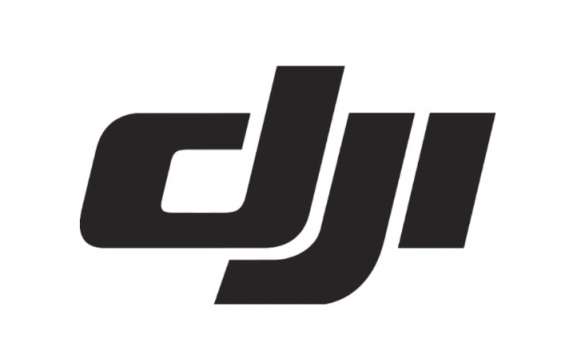DJI Urges FAA To Reconsider Flawed Remote ID Rule
 Independent Economic Analysis Finds Costs Nine Times As High As FAA Estimate
Independent Economic Analysis Finds Costs Nine Times As High As FAA Estimate DJI’s filing includes an independent economic study that concludes the FAA’s Remote ID proposal would prove nine times as costly as the FAA’s estimates, imposing $5.6 billion worth of burdens on society over the next decade. The analysis finds many of those costs could be obviated if drone pilots could choose between two different methods of compliance, rather than doing both as the FAA proposed.
The economic analysis was prepared by Dr. Christian Dippon, Managing Director at NERA Economic Consulting, who considered the societal costs of the FAA’s proposed rule. He concluded the average monthly cost of a Remote ID network-based service for a drone user would be $9.83, rather than the FAA’s $2.50 estimate; that demand for drones would fall 10 percent if the FAA’s proposals were imposed as written; and that total costs over ten years would be $5.6 billion instead of the FAA’s $582 million estimate.
“We have known for years that Remote ID will be required by governments worldwide and will provide members of the public with confidence in productive drone uses, but the FAA’s deeply flawed proposal poses a real threat to how American businesses, governments, educators, photographers and enthusiasts can use drones,” said DJI Vice President of Policy & Legal Affairs Brendan Schulman. “We hope our detailed economic analysis and comments, as well as tens of thousands of comments from other concerned parties, will encourage the FAA to develop a more risk-based, balanced and efficient Remote ID rule, so our customers and the entire industry are not hurt by the final outcome.”
DJI’s comment was one of more than 51,000 filed by the FAA’s March 2 deadline, and is expected to be available soon at this link. DJI’s comment is also available for download at this link. NERA’s economic analysis is available for download at this link.
Remote ID allows authorities to identify and monitor airborne drones in near-real time, so they can see the location of the drone as well as a serial number to identify its owner. Congress tasked the FAA in 2016 with exploring consensus-based technology standards that could lead to Remote ID regulatory solutions. Late last year, the FAA proposed that almost all drones should broadcast that information directly to nearby receivers, as well as transmit it over wireless networks to a service provider’s database, with an anticipated monthly subscription fee for that service. DJI and many other drone stakeholders have instead said the FAA should let drone operators choose whether to use broadcast or network solutions for Remote ID. Any new Remote ID rule is unlikely to take effect before 2024.
DJI’s comment also expands on many other points DJI has made previously about the risks of the FAA’s proposal, which would hurt people who have safely and successfully used drones across the country for years, hamper the adoption of a technology that is bringing enormous value to America, and create costs and complications that far outweigh the benefits of the FAA’s broadcast-and-network approach. Most importantly, a burdensome proposal undermines the government’s own goals for Remote ID.
“A Remote ID requirement that is costly, burdensome, complex, or subject to multiple points of failure, will be a requirement that fails,” DJI wrote in its submission. “We offer these comments, many of which are highly critical of aspects of the FAA’s proposal, in the sincere interest of promoting a good final rule for the FAA, the U.S. Government, and the UAS industry.”
DJI has advocated for favorable solutions to Remote ID for years, recognizing that authorities need to understand drone activity in real time in order to allow full integration of drones in the skies. DJI recently demonstrated a “Drone-to-Phone” broadcast Remote ID solution which uses an open, non-proprietary industry standard and provides Remote ID information on commonly-available smartphones without imposing any extra cost or effort on drone operators. This demonstration showed that Remote ID can be accomplished in a way that is far cheaper and easier than what the FAA has proposed.
About DJI
For more information, visit our:
Website: www.dji.com
Online Store: store.dji.com/
Facebook: www.facebook.com/DJI
Instagram: www.instagram.com/DJIGlobal
Twitter: www.twitter.com/DJIGlobal
LinkedIn: www.linkedin.com/company/dji
Subscribe to our YouTube Channel: www.youtube.com/DJI